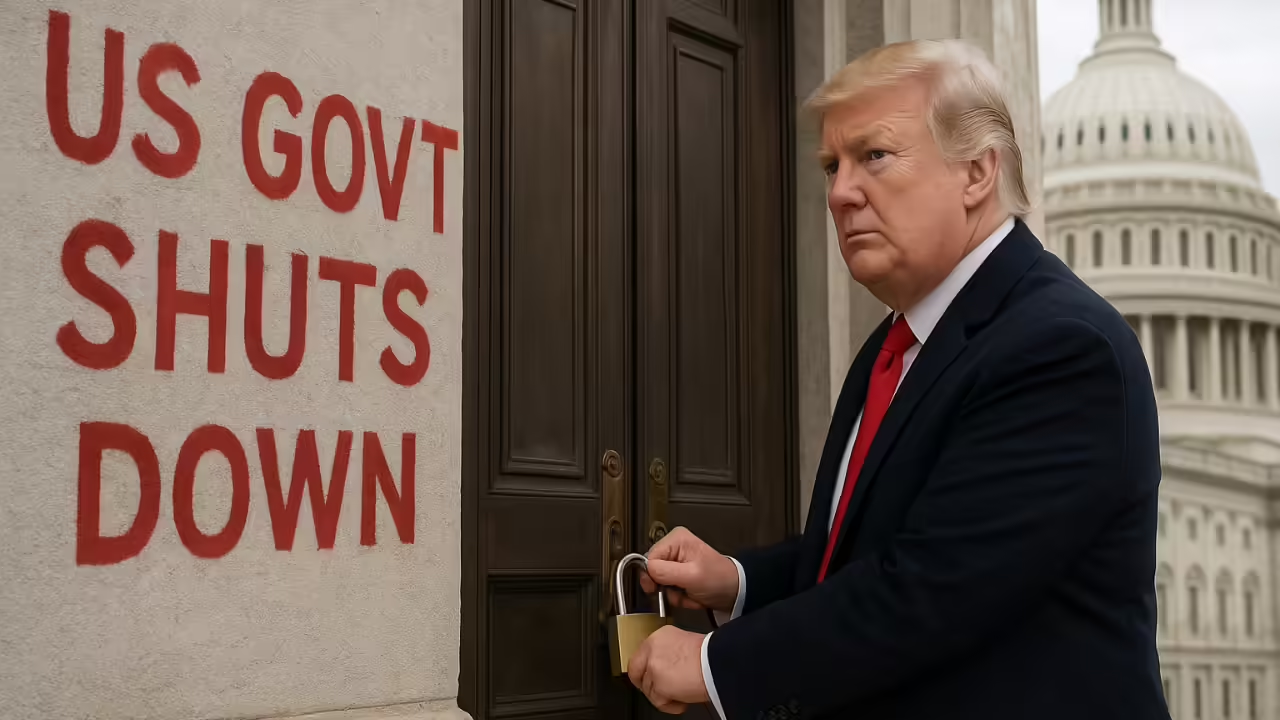
US Government Shutdown: Ongoing Debate and Effects on Public Services
The United States federal government remains in a shutdown, now entering its fourth day as partisan gridlock in Congress continues. The impasse began at midnight on October 1, after both Republican and Democratic proposals to fund the government failed in the Senate. The core disputes center on healthcare funding, with Republicans pushing for Medicaid cuts and Democrats demanding the extension of Affordable Care Act subsidies and reversal of those cuts.
President Trump and congressional leaders have met at the White House, but no agreement has been reached, and another Senate vote is expected soon, though a breakthrough appears unlikely .
The shutdown has led to significant disruptions:
The Trump administration is using the shutdown to push for permanent reductions in the federal workforce, threatening mass layoffs and using the crisis to identify “non-essential” workers for possible permanent dismissal. The longer the shutdown continues, the more severe the economic and social impacts are expected to become .